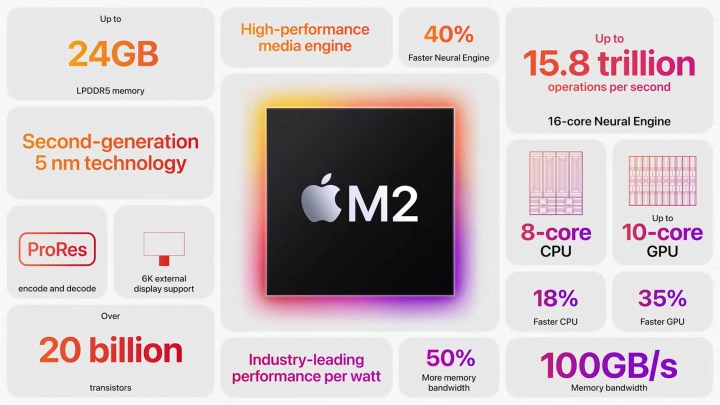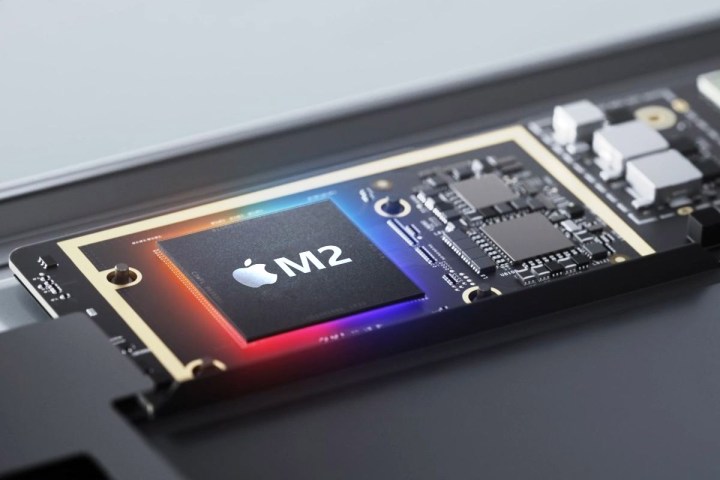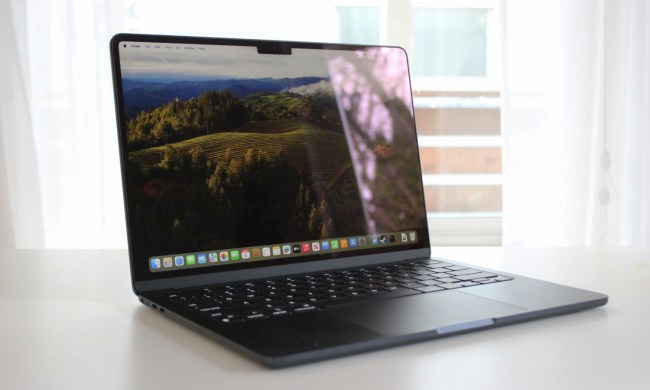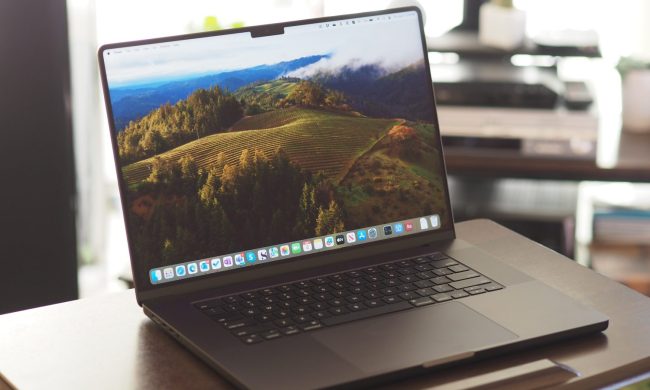For Mac fans, the new Apple M2 was the most exciting announcement to come out of WWDC 2022. It’s the chip powering the M2 MacBook Air and 13-inch MacBook Pro coming next month, and Apple says it’s up to 18% faster than the M1 while drawing the same amount of power. Sounds impressive, but is the M2 really as big of a generational jump as Apple is saying?
The issue comes down to chip supply coming out of the pandemic, which has thrown off timelines for basically every major tech product. Apple is no different, it seems, and the company looks to be introducing a new family of desktop and mobile processors regardless of the technology that’s coming down the pike.
An improvement, not a successor

Apple’s new M2 processor is mostly an update to the M1, rather than a successor. That mainly comes down to the manufacturing process M2 is built on. Chipmaker TSMC is behind manufacturing for the M1 and M2, and Apple says the M2 comes with a “second-generation 5nm” node.
For TSMC, which is by far the world’s largest semiconductor company, a full node improvement is what you’re looking for between CPU generations. That means shrinking the manufacturing process to fit more transistors on the chip while improving efficiency. The problem is that TSMC delayed its next-gen node in 2021, and it appeared to be a prime candidate for Apple’s M2.
The M1 is built on TSMC’s N5 node, and the M2 will almost certainly use the N5P node. The true next-gen node is N3, which is a 3nm process that delivers up to 15% higher performance and 30% lower power draw versus N5. By comparison, N5P is a 7% improvement with 15% less power draw.
Those numbers don’t say anything about the M2’s real performance, but they illustrate how drastically different a node improvement is from a generational node jump. According to Apple’s numbers and based on what we know about the M2 so far, it will certainly bring performance improvements over the M1, especially in graphics. But unlike Apple’s first generation of silicon, this won’t be the revolution Apple is trying to sell. We’ll probably never see something as unique as the M1 out of Apple again.
What’s new then?

Apple’s M2 looks like a refinement to the M1. That starts with the manufacturing process, which, despite not being a full node jump, still allows Apple to squeeze 20 billion transistors on the die. The M1, by comparison, packs in 16 billion. That wouldn’t bring a massive jump in performance on its own, so Apple has a few other changes to bring the M2 up to speed.
The M2 is still an eight-core processor with four efficient cores and four performance cores, but Apple says the clock speeds are tuned slightly higher. The performance cores now have 16MB of L2 cache (compared to 12MB on the M1), and Apple increased the instruction cache by 64KB. The larger improvements come outside of the CPU, with two additional GPU cores and up to 24GB of unified memory (the M1 topped out at 16GB).
Those improvements are relevant, but they usually don’t hold a candle to a full node jump. By going ahead with the M2, Apple has set itself up for a release cycle similar to Intel , where every other generation could represent a bump in performance, not a full shift. Intel is a great example here, too, showing the issues that arise when developing multiple CPU generations on the same node (rest in pieces, Intel 14nm).
The question is if Apple will be able to keep up performance while we’re waiting for the M3. The M1 sustained the company for two years, and the M2 will likely have to as well. The problem now is that we’re staring down a generation of processors that could bring just moderate improvements, not performance and efficiency worthy of shaking up the entire CPU industry.
Only M2 in name

Apple is sticking with M2 for its new MacBooks, and we’ll likely see various versions to power future MacBook Pros, Mac Studios, and maybe even Mac Pros. The name doesn’t tell the full story, though. For a true generational jump from Apple silicon on the architectural side of things, we’re going to have to wait until the M3.
It’s possible that Apple has some secret sauce it hasn’t revealed that will make the M2 the landmark chip the M1 was. After all, we don’t have the processor yet, and we can only rely on Apple’s claims. The M2 is next-gen in name, but the M3 will likely be the chip that’s next-gen in performance. For now, we’re speculating, so it’s best to wait until Apple has more to share.




